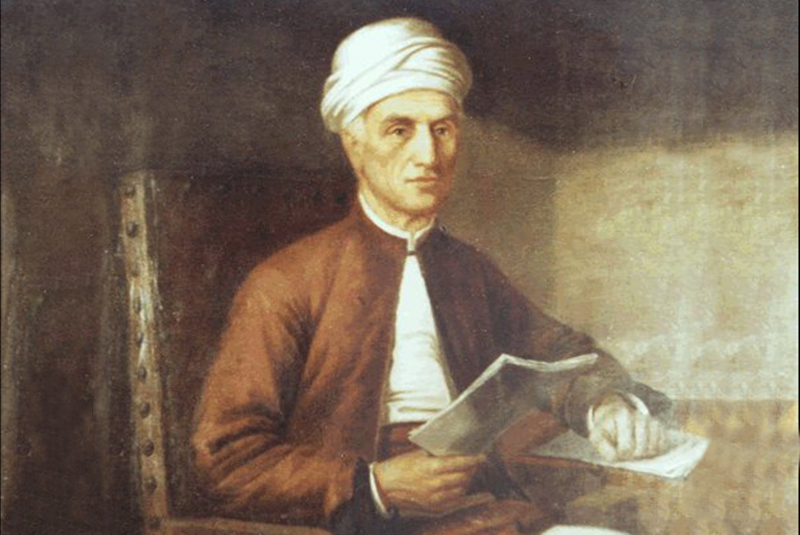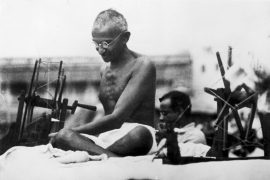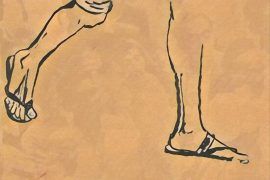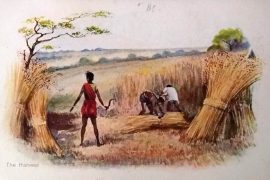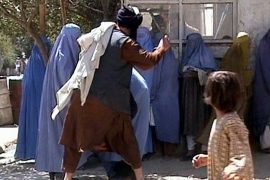On May 3, 1833, The Asiatic Journal published an obituary in its second issue. It read: “At Benares, Mr Demetrios Galanos, aged 74. This gentleman was a native of Greece, and for many years he has devoted himself with singular assiduity to the study of the sacred language and literature of the Hindoos. He is understood to have left numerous translations from Sanskrit into Greek.”
Before his death, Galanos bequeathed all his Sanskrit books, writings, translations and dictionaries (in three volumes) to the principal Academy in Athens. Here, these manuscripts were bound into volumes and incorporated into the library. But in 1892, when the manuscripts were officially catalogued, it was found that Galanos’ manuscripts, dating from 1836-1855, ran into twenty volumes.
Who is Demetrios Galanos and why is he important?
Born in 1760 in Athens, Galanos contributed widely to the European understanding of Indian Sanskrit texts. He was the second son of a nobleman, Pandoleon Galanos and his wife, Diamanta. At the time of his childhood, Athens was a small provincial town under Turkish Ottoman rule. He attended the only public school in the city which was supported by Greek merchants in Venice.
Copyright©Madras Courier, All Rights Reserved. You may share using our article tools. Please don't cut articles from madrascourier.com and redistribute by email, post to the web, mobile phone or social media.Please send in your feed back and comments to editor@madrascourier.com

